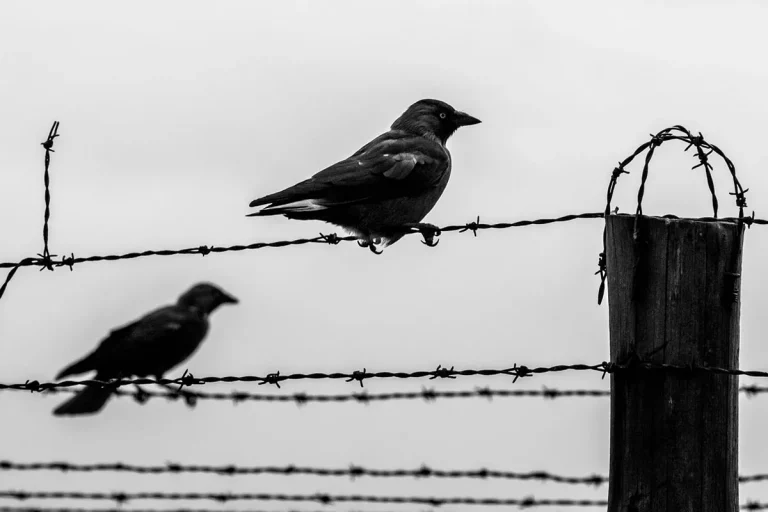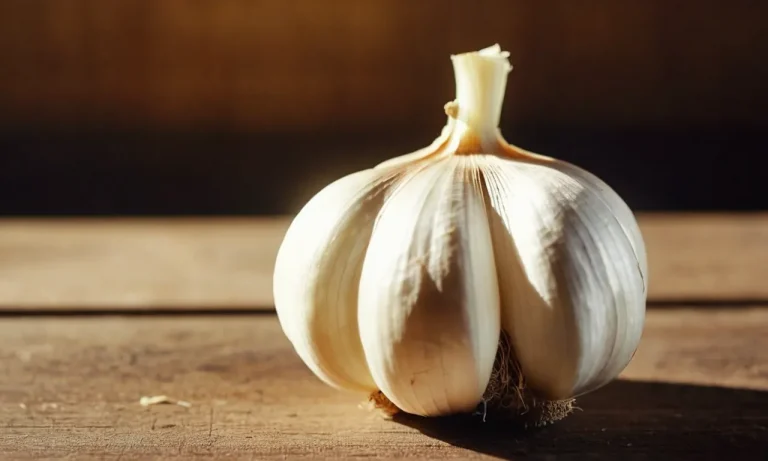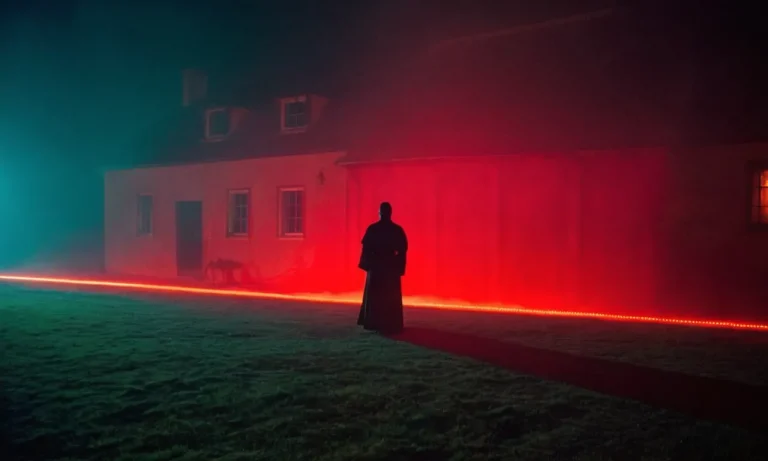The right arm holds great symbolic meaning across cultures, religions, and spiritual practices. If you’ve ever wondered why the right side is associated with concepts like strength, skill, righteousness, and more, this comprehensive guide breaks it down.
In short: The right side has long been tied to masculine energy, dominance, activity, and worldly matters in various belief systems and symbolic frameworks. Thus, the right arm represents executing actions and wielding control or power in the material realm.
Right-Side Symbolism in Religion, Mythology and Culture
The Biblical and Religious Significance of the Right
In the Bible, the right hand of God represents his strength, righteousness, and justice. Jesus sits at the right hand of God, a place of honor and divine authority. This symbolizes Jesus’ power and role in carrying out God’s will (Hebrews 1:3).
In Matthew 25:33, Jesus says the sheep (the saved) will be set on his right hand, while the goats (the unsaved) placed on the left.
Likewise, in many religions and cultures, the right hand is seen as the blessed or noble hand, representing strength, skill, virtue and correctness. For example, right-hand spiritual paths refer to practices and beliefs aligned with religious principles, while left-hand paths diverge into morally questionable occultism.
The Right Hand in Ancient Mythology and Folklore
The supreme deity in many mythologies is depicted with a powerful right arm or hand. For example, in Hinduism, the right hands of Lakshmi and Vishnu symbolize the divine granting blessings and protection.
Likewise in Norse mythology, the right hand of the god Tyr was bitten off during the binding of the wolf Fenrir. Tyr’s right hand thus represents self-sacrifice for a greater purpose. Fenrir symbolizes the destructive and unchecked forces of nature held at bay by Tyr’s courage.
Lateral Symbolism: Left Brain vs. Right Brain
The brain is divided into two hemispheres connected by the corpus callosum. The left hemisphere controls the right side of the body, while the right hemisphere governs the left side. This crisscross wiring of motor functions inspired broader lateral symbolism.
| Left Brain | Right Brain |
| Logical | Creative |
| Analytical | Intuitive |
| Rational | Holistic |
In this framework, the left brain tackles parts and specifics using logic, analysis and sequential processing. By contrast, the right brain sees the bigger picture, synthesizing ideas imaginatively and intuitively.
Thus, the right side of the body resonates with types of cognition seen as more subjective, unconventional and free-flowing.
Key Spiritual Meanings and Concepts Tied to the Right Arm
Strength and Skill
The right arm is often tied to strength, power, and skill in spiritual symbolism. Many traditions see the dominant hand as representing one’s ability to take action, wield control, and demonstrate talent in the physical realm (Building Beautiful Souls, 2023).
For right-handed people, this is the right side. Ancient warriors would hold their weapons in the right hand, showing its connection to might and confidence in battle. Loss or injury of the right arm was seen as greatly disabling.
Protection and Defense
As the “sword arm,” the right arm is also linked with protection, defense, and guardianship in many faiths and myths (Mythologian, 2022). Deities depicted with raised or outstretched right arms are invoking divine shelter.
Angels are often shown guarding the righteous with rod or shield held aloft in the right hand. This symbolizes sheltering people under one’s spiritual care and strength.
Action and Dexterity
Related to skill and power, the dominant right side also represents action, movement, and dexterity across cultures. Hindu teachings see the active right side of the body as pingala – the solar, spiraling life force (Louts Palm, 2017).
Most everyday tasks are performed with the right hand, revealing its earthly nature. Losing right hand function would greatly impact one’s ability to manipulate the physical world.
Assertiveness and Dominance
Many traditions recognize the projection of the right as showing leadership, authority, and rulership. The right hand is connected with the giving of oaths, pledges, or blessings in religions – establishing one’s power or will externally onto others through gesture. (Norwich University, 2022).
For instance, Romans swore on their right hands and Egypt’s pharaohs were shown with empowered right arms. The right thus signals spiritual assertiveness.
Worldly Matters and Progress
Unlike the internal left side, the right is seen as mediating outer world affairs – physical change, temporal matters, material manipulation, and life’s journeying forward. It channels masculine energy rather than innerstillness in many faiths (Guttman, 2009).
The right grasps, builds, leads, progresses. Loss of the right hand would greatly inhibit one’s capacity to operate dynamically on the physical plane. It signals engagement with external environments.
Examples of the Right Arm Symbol in Culture and History
The Right Arm Salute
The right-armed salute, with palm turned outwards, has been used as a greeting or gesture of respect in many cultures historically. Some examples include the Roman salute and the Nazi salute. Using one’s right arm for gestures or salutes can symbolize strength, authority, righteousness, or alliance with a cause.
Political Use of Right-Arm Symbolism
The right arm and hand have been utilized in political imagery and propaganda throughout history. Extending one’s right arm can project power and solidarity. However, associations with oppressive political movements have also given right-arm symbolism negative connotations in some contexts.
The Crusades and the Sword Arm of God
Medieval Christian crusaders referred to themselves as the “Sword Arm of God.” This epithet reflected their belief that they were acting as God’s weapon to smite enemies and retake holy lands. It imbued the right arm with divine endorsement and supremacy in battle.
Injury or Loss of the Right Arm: Spiritual Interpretation
Wholeness and Balance
The right side of the body is considered the dominant, active, masculine side. As such, the right arm represents our ability to take action, assert ourselves, and manifest goals. When we lose the use of the right arm, even temporarily, it throws off the balance between the masculine and feminine energies within us.
According to mindfulness teacher Jon Kanpol[1], injury to the right arm indicates “a period of upset relating to your outgoing masculine energy and manifestation abilities.” We may feel powerless, vulnerable, or out of alignment.
The universe is urging us to slow down, turn inward, and reconnect with our receptive, intuitive side.
Reversal of Dominant Traits
Losing strength or control of the right arm forces us into our non-dominant state. For right-handed people especially, this reversal of traits can feel uncomfortable and frustrating. Suddenly we must rely on the intuitive, nurturing left side – which often remains underdeveloped.
The spiritual message here is to bring these opposite qualities back into balance. As author Louise Hay writes, injury to the right arm “indicates changing one’s mind about major decisions, career changes.”
We’re being pushed out of our comfort zone to explore new ways of thinking, moving, and interacting with the world.
Vulnerability and Powerlessness
Since the right side governs action and strength, right arm troubles put us in a vulnerable position. We may have to ask others for help with basic tasks for a while. This can stir up feelings of irritation, sadness, or powerlessness.
On a spiritual level, this temporary state of vulnerability allows us to develop skills we often overlook, like patience, humility and inner resilience. We discover the strength within. By learning to receive support, we also deepen bonds and compassion for others.
| Temporary Physical State | Spiritual Lesson |
|---|---|
| One-armed, feeling off-balance | Cultivate inner stability |
| Unable to act/assert like before | Develop receptive, intuitive skills |
| Dependence on others for help | Practice humility and patience |
The right arm reflects our outer experience. When injured, the universe invites us to the inner realms – where we access deeper wisdom, strength and wholeness. Though challenging, this period can awaken us to untapped potential from within.
The healing process of the arm supports the healing and growth of the soul.
Conclusion
In summary, the symbolic ties between the right arm and concepts like power, skill, protection, and worldly action originate from ancient belief systems and universal human experience. While some meanings may differ across cultures, the right arm broadly represents the masculine, active, dominant aspect across history and spiritual frameworks.
Understanding this symbolism provides deeper insight whenever this body part appears in religion, myths, culture, dreams or other contexts.






